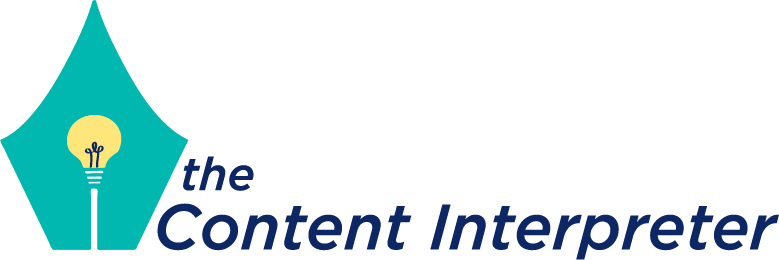Messages have a knack for endurance.
In all of my media and communications studies in my college years, one which sticks with me comes from the former CEO of a major U.S. media agency. He related to me and a few other students selected for a seminar how marketing was continuously transforming from a business where we throw a ball and actually know if someone caught it.
Not only was this prescient in the context of media (just check out the ads on your social media feeds), it also reveals an important aspect of developing your own content: how do we really know if our message has resonated with an audience? And even if it does, how will be received?
The truth is that, without some kind of measurement technology or attributable goals, you can’t truly know. It is easier to measure the collective impact of multiple pieces of content - think op-eds, blog posts, and more - but it’s difficult to determine the success of a single message. This is why crafting content with intent is paramount.
To bring in a completely different example, listening to the Freakonomics Radio episode, “Are Personal Finance Gurus Giving You Bad Advice?”, I was struck by another version of this phenomenon. The episode examined the pros and cons of financial advice given by “financial gurus” vs. economists.
The success of a select few of these gurus, who inject personality and brand into their advice, telegraphs a deep level of knowledge and intuition about how their audience thinks and feels about money. In my conversation with a product insights director at a major lender, he highlighted that consumers will often pay down the debt with the lowest balance - despite the advice that you should pay the one with the highest interest - because it’s a bigger motivator to keep paying off debt. That has big implications for you as a speaker or a thought leader.
Here are three lessons you can take well beyond the world of personal finance:
1. Speak the truth, and then speak the audience's truth: In other words, what has your expertise taught you? That’s what should be the core of the message. But that’s only half the story. In my Four Essential Elements, I identify empathy as an important marker of an effective speech. How are you reaching your audience in ways which speak to their experience?
2. Your message is informed by your expertise, but the former will always be more valued: Of course, audiences will want to know you’re credible. But influence does not follow experience. As Morgan Housel says in the Freakonomics Radio episode: "People are not calculators, they're storytellers…”. So are you.
I steer clients away from the idea of “sounding like” a “real speaker” because it detracts from the connection you can make with an audience. You want to crush your time on stage, but you also want to be authentic and accessible. That plays a large part in determining your message’s durability; does it travel beyond the room in which it was delivered?
3. There’s always another side to a story - or an idea: Years ago, I read The Secret Language of Money, and it taught me much more about storytelling than it did about personal finance (that was the goal). The thesis of the book is that everyone has a different money story they tell themselves. This principle can be applied to most other topics, so be open to exploring alternative perspectives and how they might be relevant to your audience.
Keeping these three lessons will make your message’s mission a much likelier success.

